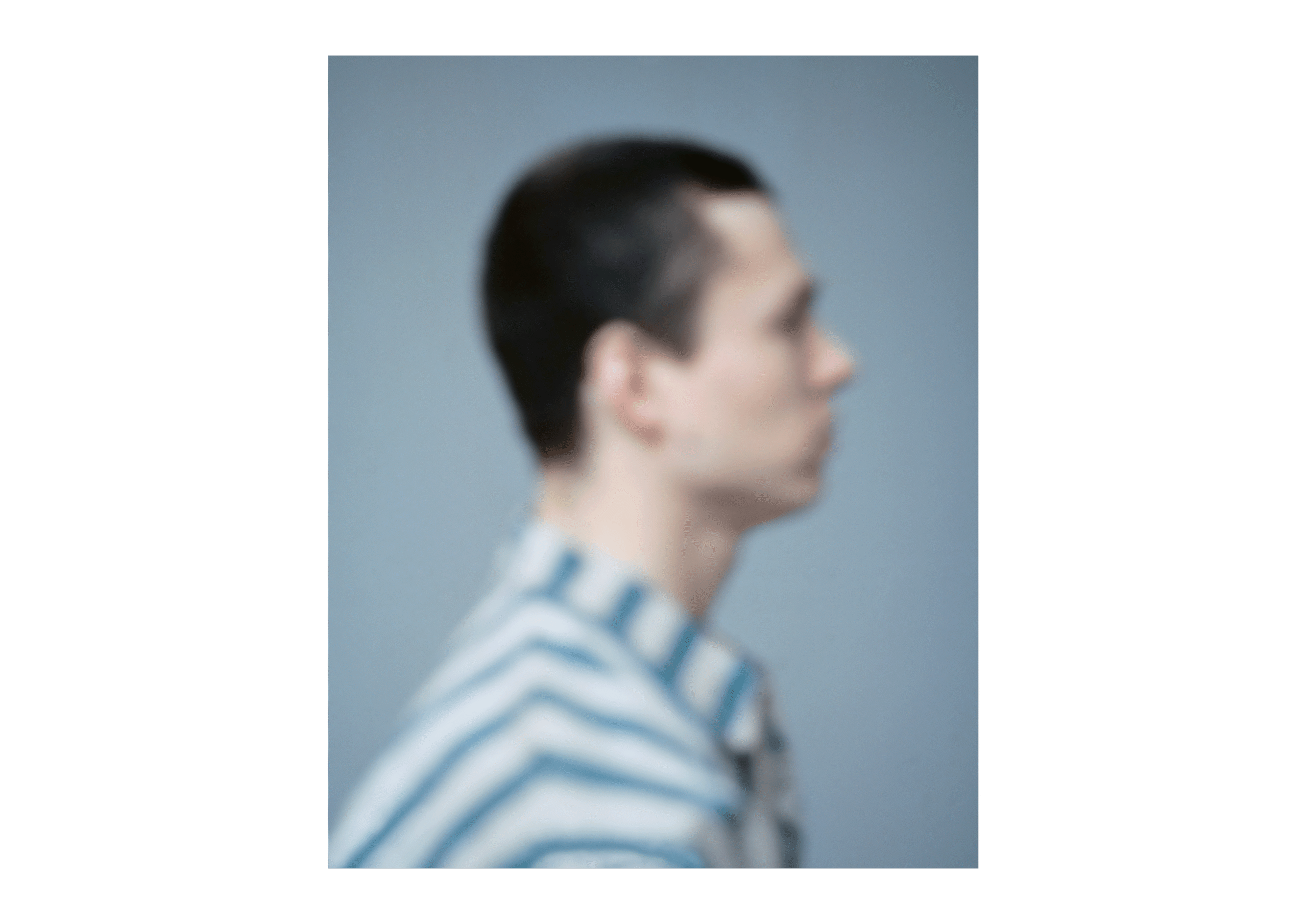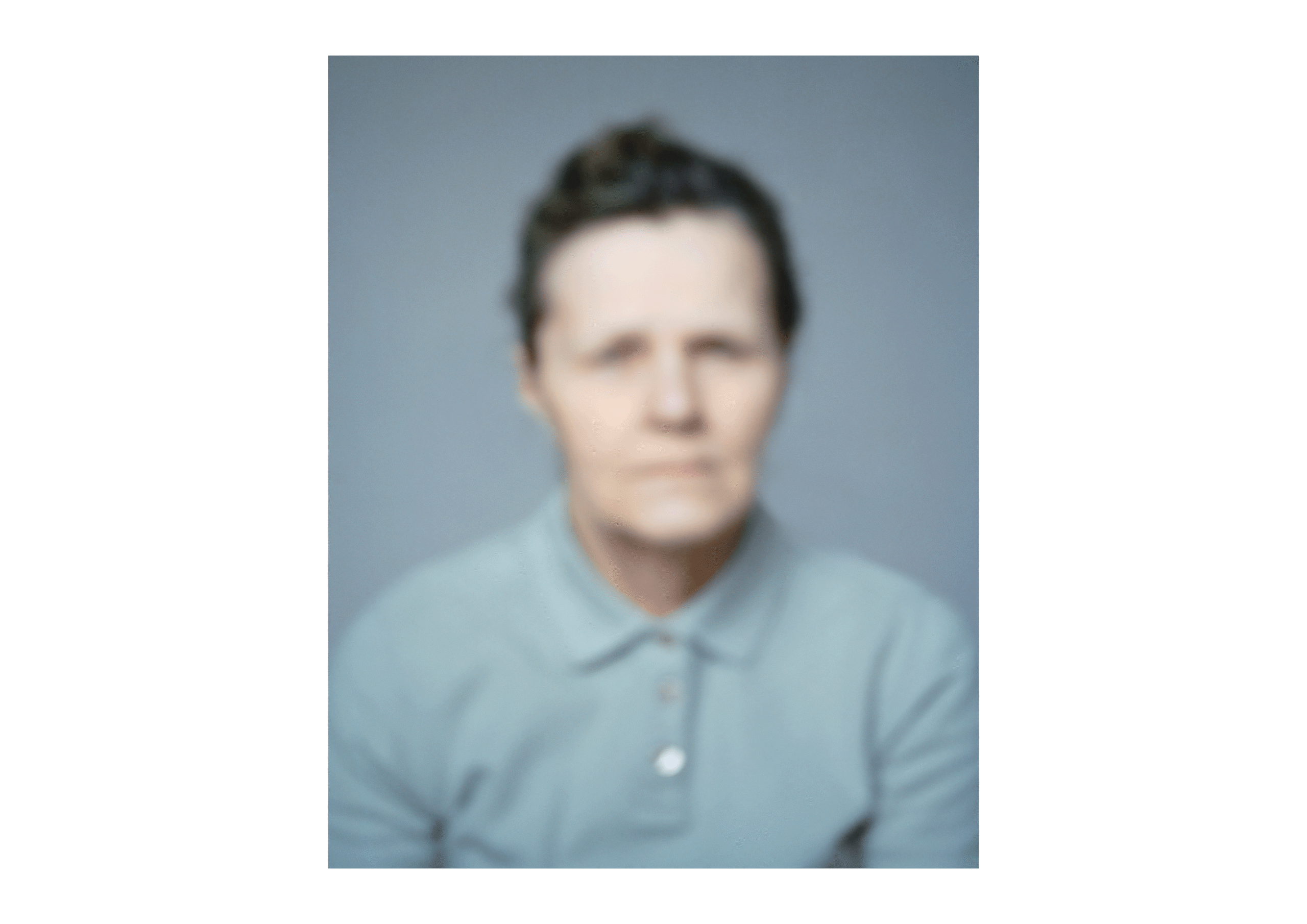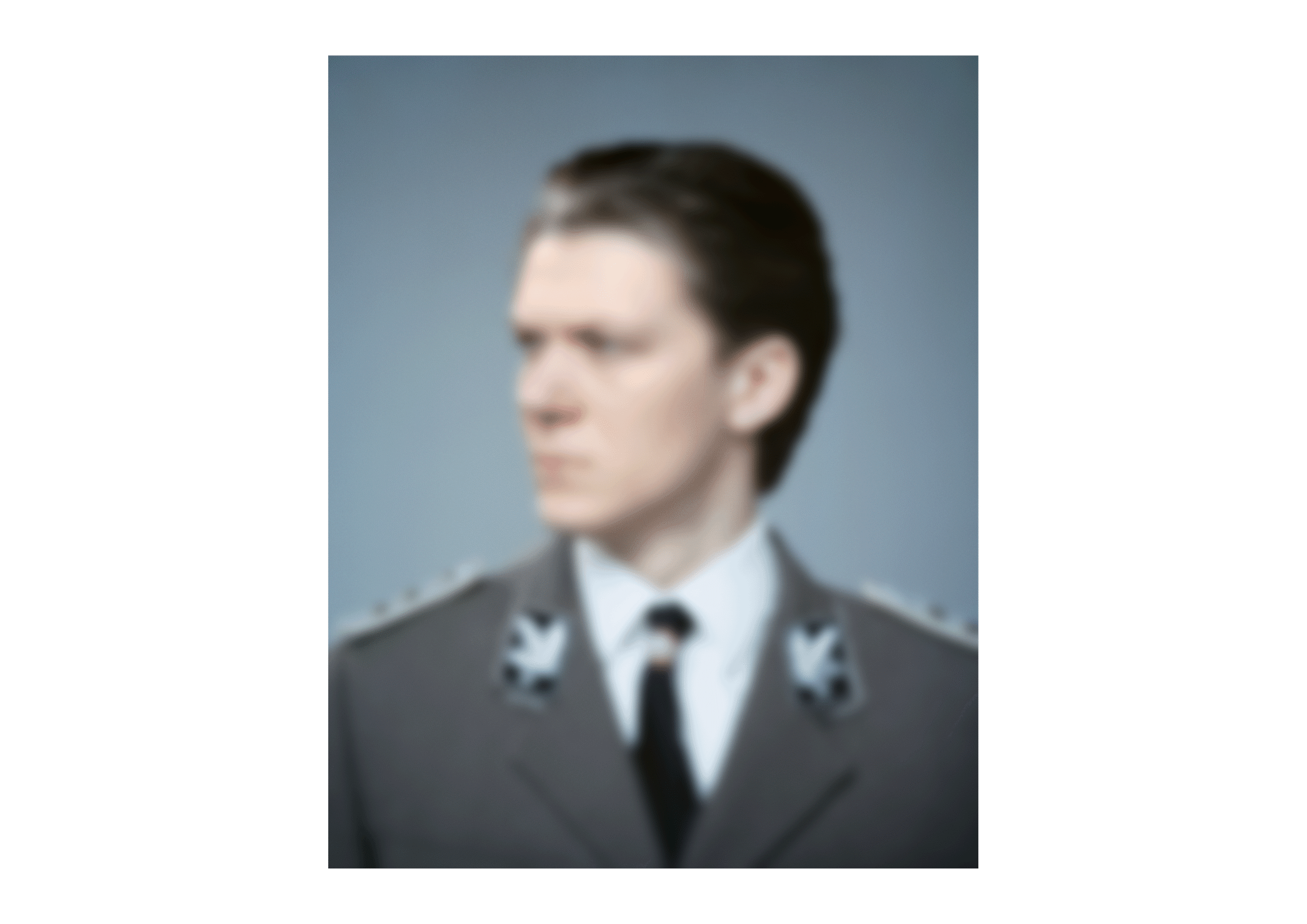Untitled




The image feels familiar—but the closer you get, the more it starts to fall apart. Memory isn’t fixed. It shifts with time, with distance, with how we choose to look. What once felt certain begins to dissolve into something else.
Three figures. Three gazes—each rooted in history, but by different rules. Victim and perpetrator. Witness and participant. What was meant to disappear lingers in subtle, fractured traces.
The longer we look, the more the lines blur. The harder we try to pin them to a place in the past, the less they want to stay still.
Memory builds up like photons on a light-sensitive surface. From a distance, it seems whole. But up close, it reveals its fragility. It’s what binds their fates—and what refuses to let go.
Forgetting isn’t absence. It’s a process—a slow, quiet transformation of fact into story, of history into memory. Time doesn’t erase the marks. It only softens the edges. And the pattern keeps repeating.
In Auschwitz, each prisoner had three photographs taken upon arrival: en face, profile, and three-quarters. These were meant to reduce individuals to files—remove story, emotion, name. But even through the rigid format, something human remains. A look, a tilt of the head, a flicker of resistance. These three images—supposed to be the last trace—somehow resist being the end.
Echoes of presence in a system built to erase.